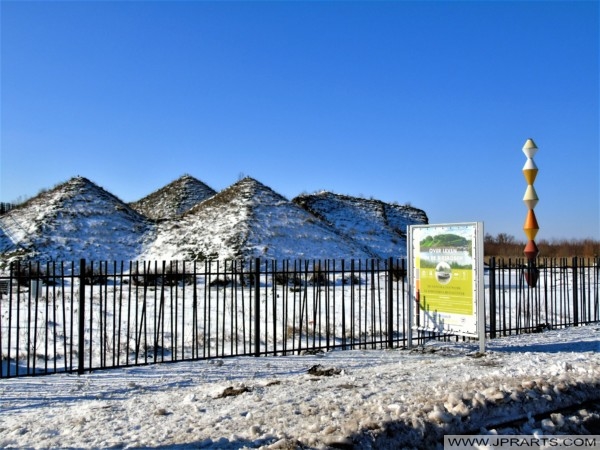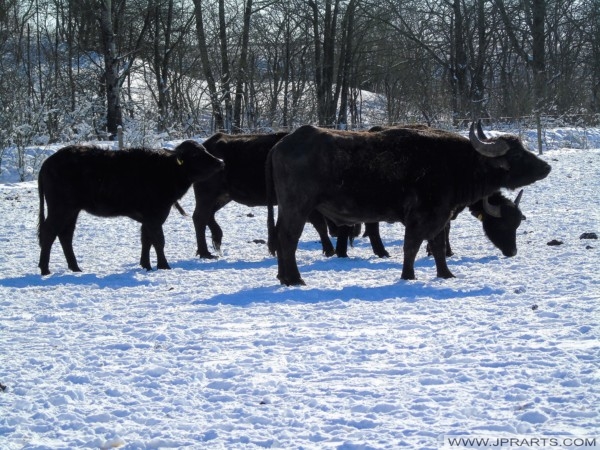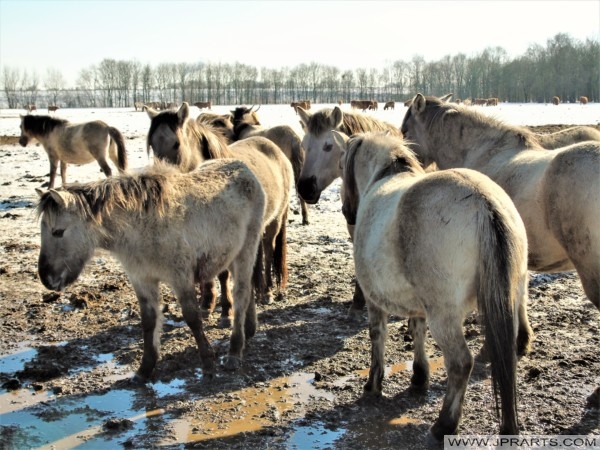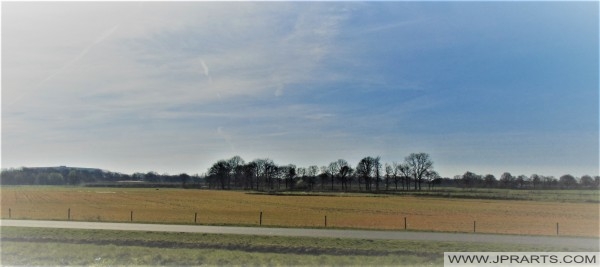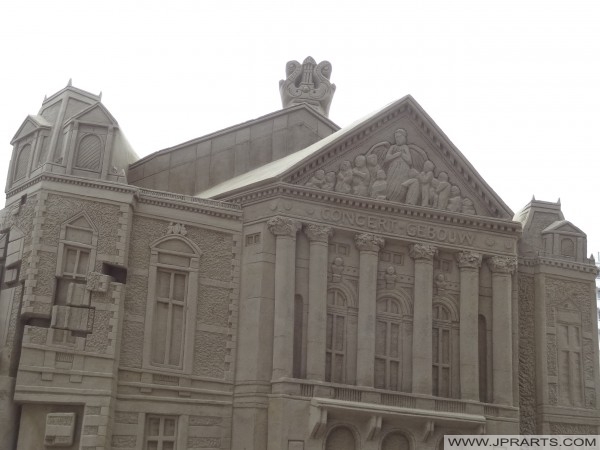The consequences of the St Elisabeth flood were not small. The inland sea that was created was fed by the Meuse and the Waal. Sand flats were created by the sand that was brought in by the rivers, an ideal bottom for rushes. The Biesbosch still owes its name to it.
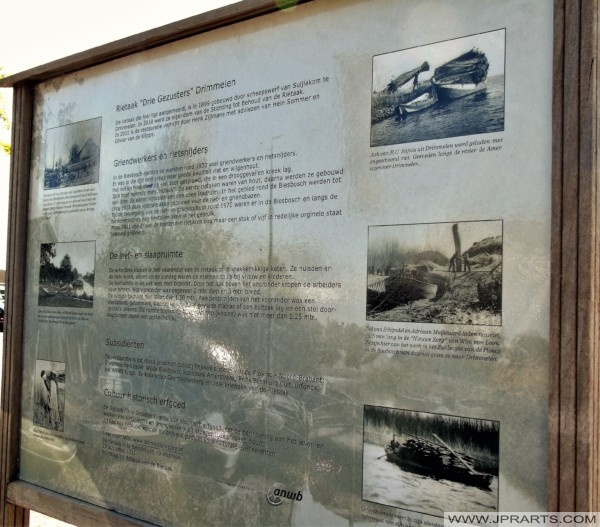
Osier-Bed Culture in Biesbosch, The Netherlands
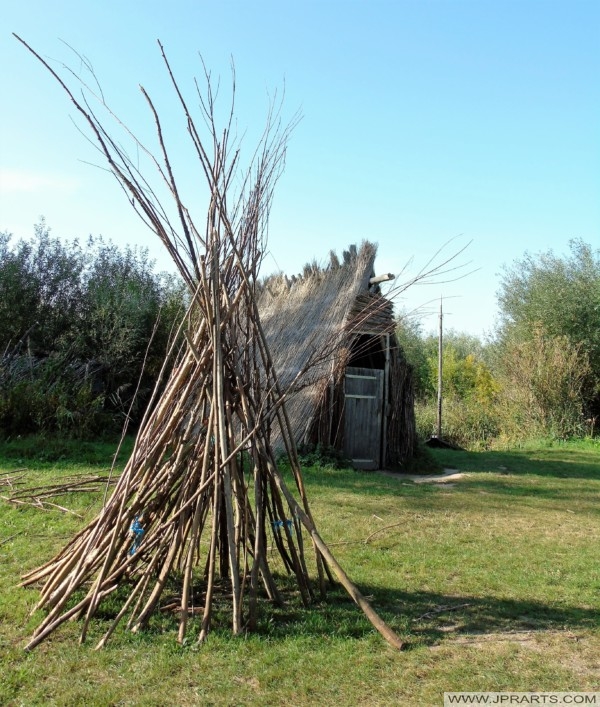
Cultivo de Mimbre en Biesbosch, Países Bajos
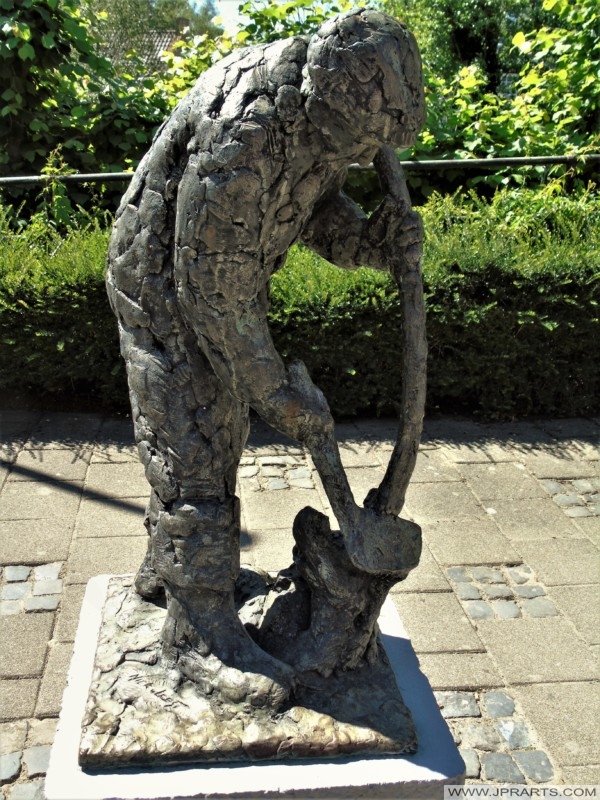
Korbweidenkultur in Biesbosch, Niederlande
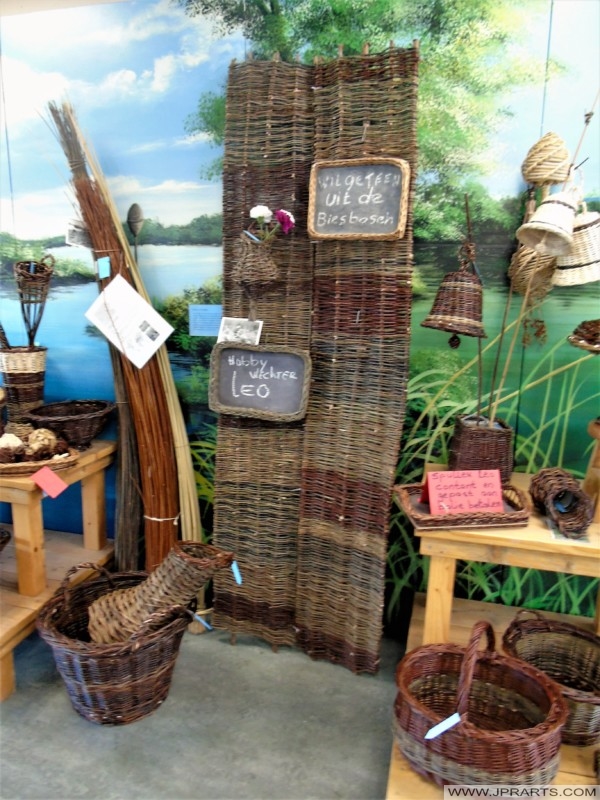
The tides also ensured that a little bit of silt was constantly brought in and the sandbanks became higher and higher until they came out above the water. Reeds started to grow and eventually they started to grow willows on osier-beds around 1800. Osier-beds are small wet fields, often laid out outside the dikes. Due to the large difference between ebb and flood (at that time 2 meters in the Biesbosch), the fields were often under water. Dikes around the osier-beds helped to keep the islands dry.
Грядка ивы в Бисбосе, Нидерланды
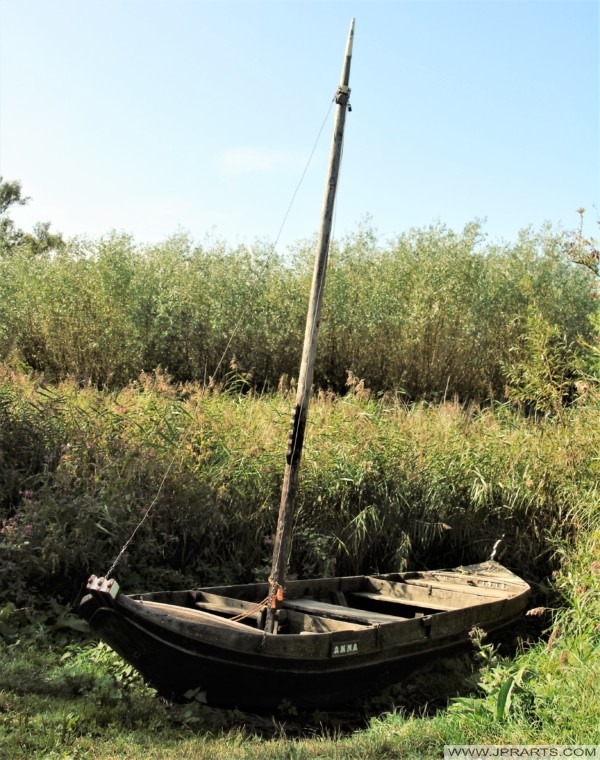
Culture d’Osier à Biesbosch, Pays-Bas
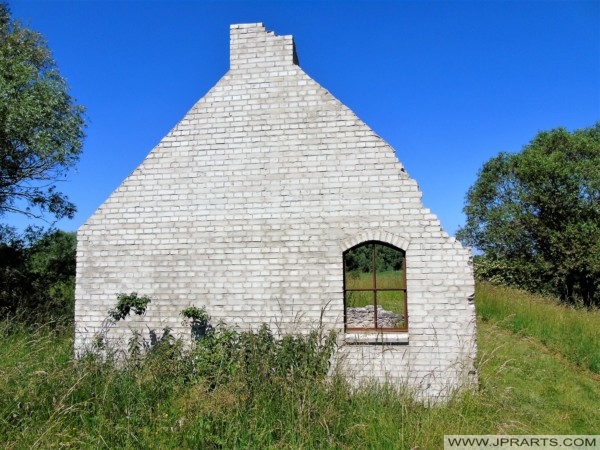
Griendcultuur in de Biesbosch, Nederland
The osier-bed work was often done by Sliedrechters. On the other side of the Beneden-Merwede, on the Island of Dordrecht, a large piece of Biesbosch was owned by Sliedrecht for centuries. The men sailed early on Monday morning to the other side of the river to work in osier-beds in the Biesbosch. A week of chopping, toiling and dragging in the rugged landscape and the often unmerciful climate, with cold nights in the ‘schrank shack’. Through the ages it was a life of poverty, despite the long, hard working days. On Saturday evening the Biesbosch workers returned to Sliedrecht.
Kultura Wierzby w Biesbosch, Holandia
The osier-bed workers lived in thatched huts and later in more comfortable barges or wooden and later stone houses. Their boss was often wealthy and sometimes employed dozens of osier-bed workers. The willow branches were a popular product. Among other things, they made hoops for making storage barrels. So-called zinc pieces, with which harbors and river flows are reinforced, were also made from willow branches. The Biesbosch residents were true masters at it. Their zinc pieces have been used all over the world, such as in Dubai for example.
ивовая культура в Бисбосе, Нидерланды
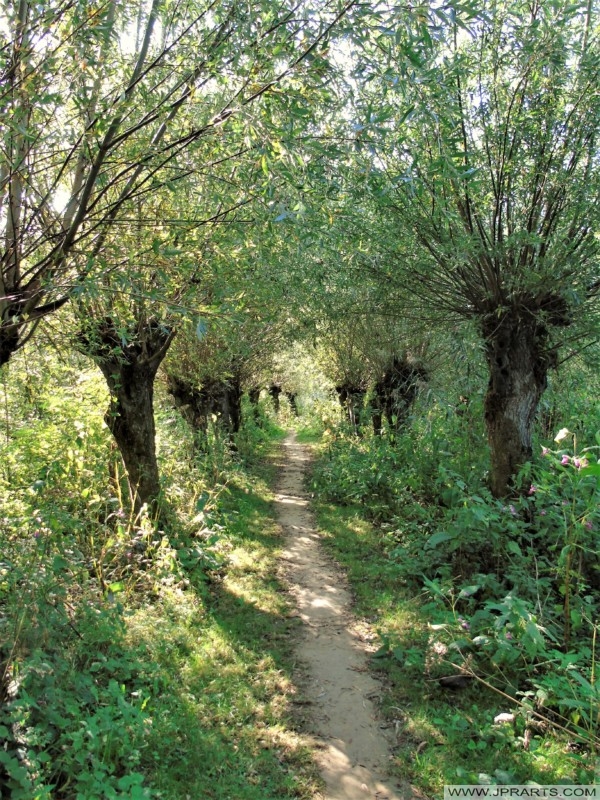
ثقافة أوسير في بيسبوش بهولندا
Cultura del Vimine a Biesbosch, Paesi Bassi
Visit Netherlands Travel for Cheap Holidays in the Biesbosch
Visit Cheap Shopping for Books, Blu-rays and DVD’s



